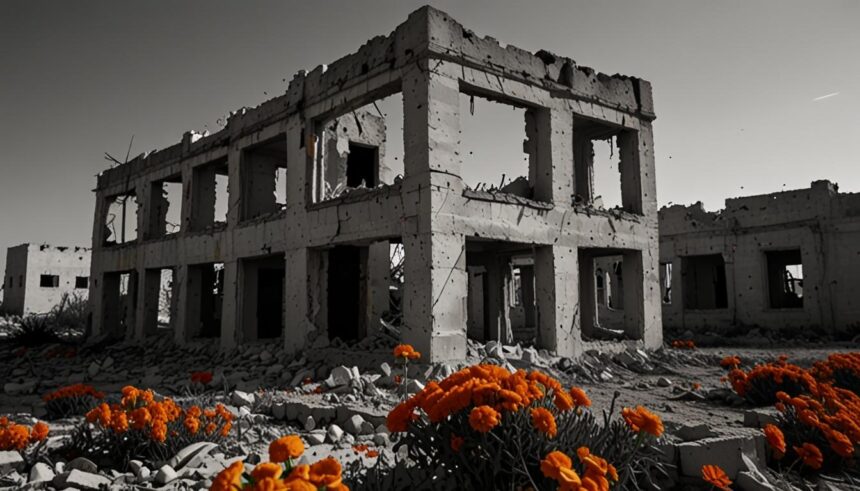The Israeli military has intensified its operations in Rafah, southern Gaza, making significant progress against Hamas amid escalating tensions and high humanitarian concerns. As diplomatic efforts strive to de-escalate the conflict, regional tensions remain high and a fragile humanitarian situation persists in Gaza.
On Tuesday, the Israeli military intensified its operations in the Tal al-Sultan neighborhood in Rafah, southern Gaza Strip, claiming significant progress against Hamas’s final stronghold. Israeli officials suggest the action could mark a shift from extensive military campaigns to more targeted operations within Gaza. The ongoing conflict has resulted in massive destruction and high casualties; Palestinian health officials report tens of thousands of deaths.
In Rafah, where many civilians have fled to tent camps, the Israeli Defense Forces (IDF) declared substantial dismantlement of Hamas’s battalions. Despite this, isolated rocket attacks from Hamas persist. Last Saturday, an explosion killed eight Israeli soldiers in Rafah, an attack asserted by Hamas’s Izzedine al-Qassam Brigades.
The IDF’s operations have significantly impacted Rafah’s civilian population, with many displaced and casualties reported. Leaflets warning civilians to evacuate led to a mass exodus. A notable attack on May 26 killed at least 45 civilians, involving the use of a U.S.-made precision bomb.
Meanwhile, tensions between Israel and Hizbollah in Lebanon have escalated, prompting the Israeli military to approve plans for potential offensives. The two sides have been exchanging fire, displacing tens of thousands. U.S. envoy Amos Hochstein is involved in diplomatic efforts to de-escalate and has urged a rapid resolution to prevent further conflict.
In summary, as Israel approaches its military objectives in Rafah, humanitarian concerns and diplomatic efforts continue to play a critical role in the evolving conflict. While significant progress has been made against Hamas, the situation remains volatile with ongoing regional tensions and a fragile humanitarian situation in Gaza.





